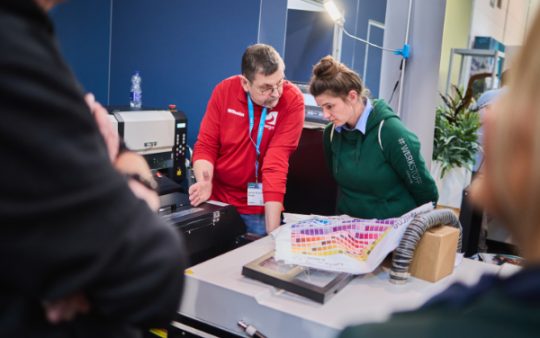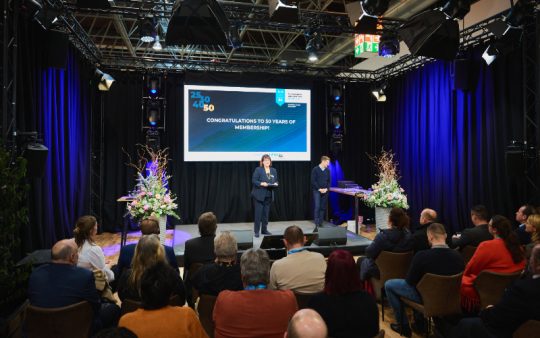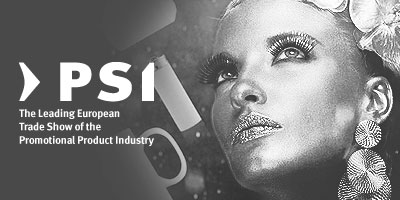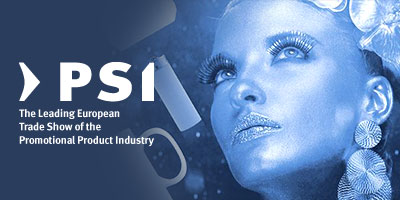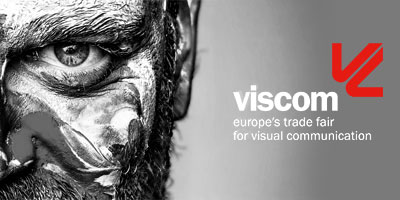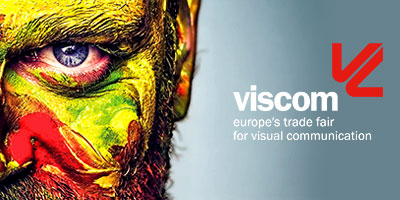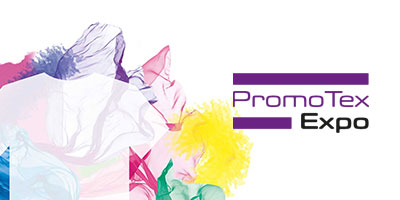Wearables are enjoying major growth

Published on 05.12.2019
According to the current forecast of the US-American research company und consultants Gartner Inc., growth in the field of wearables has increased steeply. The company estimates that the worldwide turnover of wearables will already rise to 52bn US$ in 2020, corresponding to an increase of 27 percent over 2019.
The reasons for growth are obvious: the technology is becoming ever smaller and ever more efficient while there are more and more potential areas of application. The acceptance of wearables is also substantially greater today than it was just a few years ago. Whereas smart watches, fitness bracelets and data glasses used to be viewed as nothing more than technical gimmicks, more and more consumers and companies now recognise their everyday practicality. Smart watches and fitness trackers are purchased in their millions in the meantime. Data glasses may still seem a bit exotic but they are already used in professional life in the field of commissioning, for example, in jobs where it is considered advantageous to have both hands free. They are also used in industry, e.g. in remote assistance systems.
In future, technology will not just be worn on the body like an accessory. Instead it will become an integral part of clothing. Textile technology has developed rapidly over the last few years and co-developed new strategies with other industries which it hardly came into contact with in the past: e.g. electronics companies. Printed, electrically conductive dyes or yarn can easily be integrated into textiles in the meantime, enabling totally new applications. Existing printing processes can still be used, however, which keeps the expense down. The same is true for electrically conductive yarn which is processed using conventional looms, knitting or embroidery machines.
As one of the leading thread manufacturers, Amann is presenting its collection of “smart yarns” this year. The smart threads work as sensors, data and power conductors and can generate heat over a specific area, or measure humidity, pressure points and temperatures. By weaving an RFID aerial into the fabric you can also obtain information about how products are used: e.g. where they are, how they move through space and even how frequently they are washed. We will also encounter light in textiles in the future more and more often. Light patterns that move through jackets, bags or backpacks, for example, decorative spots of light that also increase visibility. Light is not just useful for promotional wear, it also makes sense in other areas too. Thus, airlines are already experimenting with uniforms that, with the aid of electronics and integrated light, can take over new assignments. Integrated microphones to enhance communication on-board, and sensors for checking air quality or staff’s state of health are also being tested. Lunative Laboratories from Hamburg are already integrating light into personal protective equipment.
And just how does Gartner see the future of “smart” clothing in particular? Global expenditure for textile wearables was 848bn US$ last year. In 2019 the company anticipates an increase worldwide to 1.15bn US$, and predicts a figure of 1.75bn US$ for 2020.
Image: Lunative / Regina Henkel


